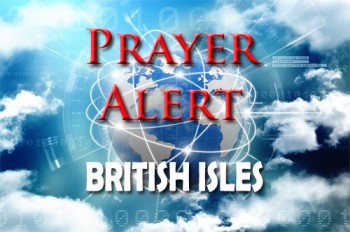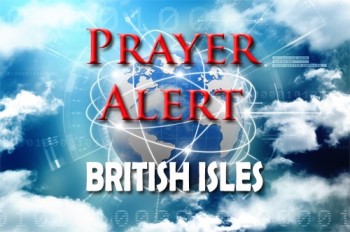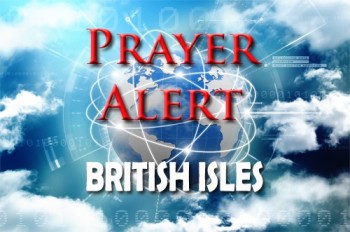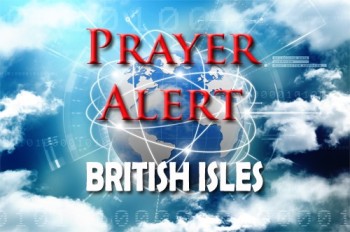Displaying items by tag: Met Office
2023 - UK’s second-warmest year ever
2023 stands as the second warmest year on record in the UK, following 2022, with a mean temperature of 9.97°C. This year, Wales and Northern Ireland both experienced their warmest years ever since records began in 1884. The year was marked by notable heatwaves in June and September, contributing to eight of the twelve months being warmer than average. June was the hottest on record, and September tied for the joint-hottest. This warming trend aligns with global climate patterns, with human-induced climate change playing a significant role. The UK's climate has been consistently warming, with the ten warmest years occurring since 2003. Climate studies suggest that such high temperatures, a rarity in the past, are now becoming increasingly common due to human activity. The year also saw significant rainfall, with the UK experiencing 11% more rain than average. Northern Ireland recorded its third wettest year, and England its sixth wettest. These wet conditions, combined with the warm temperatures, indicate the changing climate patterns, suggesting a trend towards hotter, drier summers and warmer, wetter winters in the UK. The full UK State of the Climate report, detailing these findings in depth, is set to be released later in 2024.
Met Office’s severe weather warnings as further rain expected
The UK faces severe weather challenges as the Met Office issues warnings for continued heavy rain, leading to potential flooding and travel disruptions. Chief forecaster Neil Armstrong anticipates several days of unsettled weather, with up to 80mm of rain in the west and 100mm in eastern Scotland's higher areas. He urges the public to stay informed about weather updates and flood warnings. There are several yellow weather warnings of heavy rainstorms for 6 December. Following recent cold weather, they are likely to increase flooding risks, especially in the west. Persistent rain is predicted until 9 December, with a short respite expected in the southern regions, though the north will continue to see showers. England currently has 22 flood warnings and 111 alerts, with more alerts in Wales and Scotland. Simon Williams from RAC Breakdown has advised drivers to exercise caution against flood risks, suggesting they avoid deep water, slow down, and maintain safe distances to prevent aquaplaning.
Snow and gales anticipated
Snow and potentially ‘disruptive’ winds are forecast to hit the UK in March. The Met Office predicts that Atlantic weather systems will bring stormy conditions to parts of the country from next week. Winds will strengthen and temperatures will fall, with overnight frosts forecast. Rain will turn into wintry showers with a chance of snow, and the temperature will drop to 0C. Winds will likely strengthen through midweek with an increasing likelihood of coastal gales, according to the long-term forecast. Then, after temperatures begin to recover, another period of unsettled weather developing with Atlantic weather systems is expected, bringing wet and windy weather. Scottish Mountain Rescue warned of ‘dangerous conditions’ including ‘avalanches on higher ground’.
Storm Eunice: rare red warning
The Met Office released a red weather warning (the highest level) for 18 February for parts of south-west England and south Wales as there is a danger to life from flying debris. Gusts of 90 mph would cause significant disruption. Damage to homes, train cancellations and power cuts are also likely. There is a lower level warning for wind in the rest of Wales and most of England. Storm Eunice comes 48 hours after Storm Dudley caused widespread disruption and power cuts in Scotland and north England. Cornwall council warned that the winds will coincide with high spring tides along the coastline, possibly leading to flooding. The storm is likely to be as powerful as the one in 2014 which saw homes evacuated amid widespread floods.



